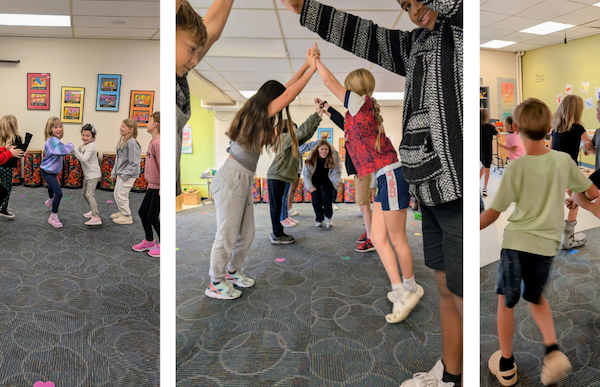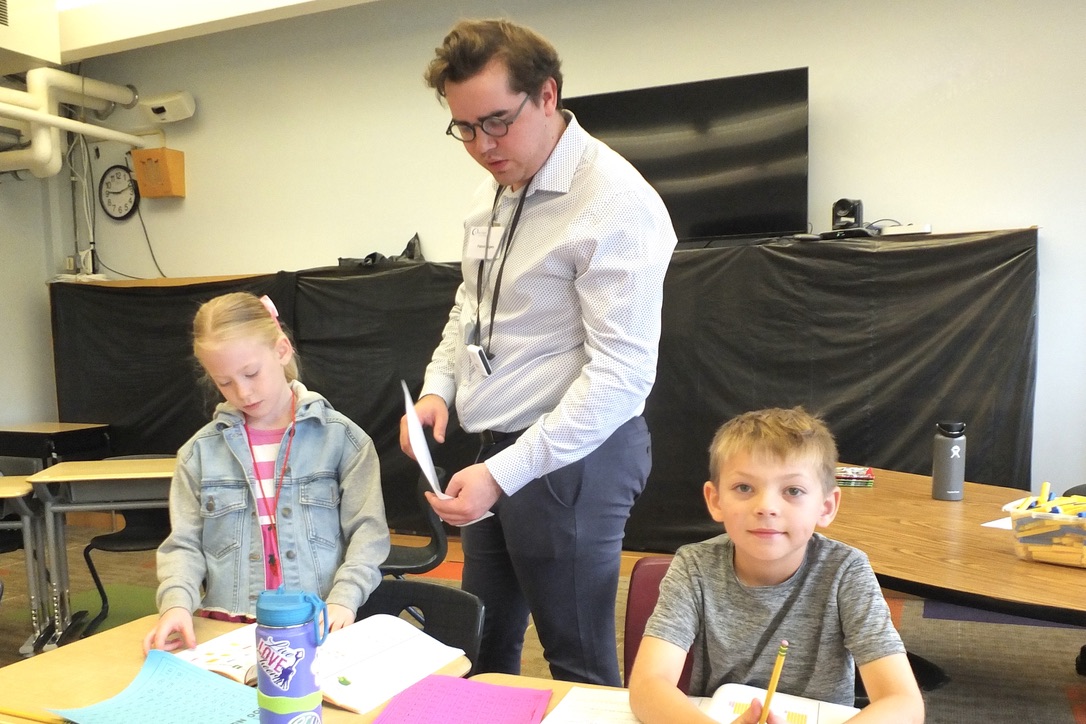
He’s Been Here Before: Alumnus Has New Role
June 23, 2023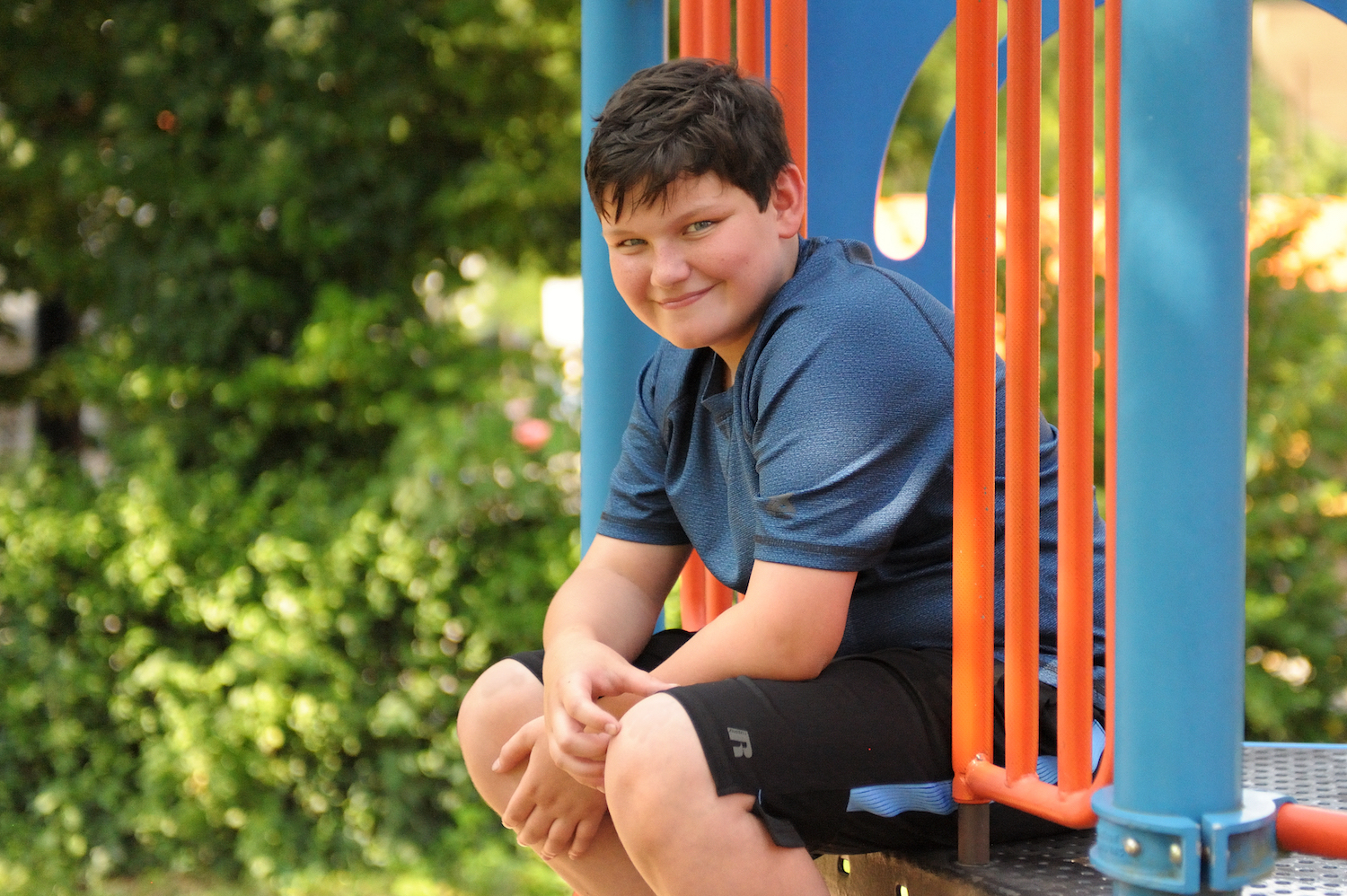
Delaying summer work? Time to incentivize!
July 7, 2023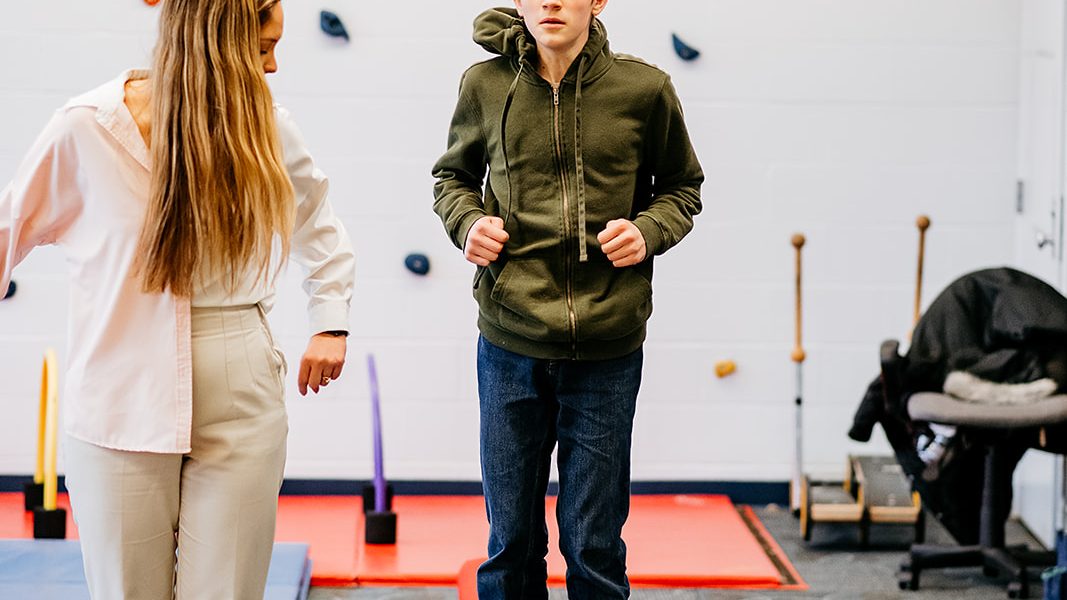
At Springer, many students benefit from occupational therapy (OT) as part of their educational plans and work with OTs individually or in small groups.
Occupational therapists Brianne Dexter, OTR/L, and Stephanie Elwell, OTR/L, explain how motor challenges impact students and how therapy can help them develop important skills.
The types of motor challenges that impact a child's ability to engage in the classroom include fine motor, graphomotor, and visual motor skills.
What exactly does that mean?
Fine motor skills involve the coordination and control of small muscles in the hands, wrists, and fingers to perform actions such as writing, drawing, and manipulating small objects. Developing these skills helps children to perform everyday tasks, such as tying shoelaces, buttoning a shirt, using scissors, and using utensils.
Graphomotor skills are the ability to control and coordinate the small muscles in the hands and fingers to produce a desired writing result. This involves the ability to manipulate a writing tool, to form letters and words correctly, and to write with an appropriate speed and size.
Visual motor skills are the ability to coordinate the eyes and hands to perform tasks. Examples can include activities such as drawing, tracing, cutting, and handwriting.
In addition to all of the above motor skills, we also get to work with children to develop their visual perceptual, sensory processing, executive functioning, daily living, and play-based skills.
How long does it take to see progress in a child who is working on an OT goal?
One thing working as an occupational therapist has taught us is that progress can look very different from one child to the next depending on the child's baseline, background information, and goal. Motor patterns are developed over time, and when children come to us with inefficient or ineffective motor patterns they have been practicing for years, a lot of time and practice is going to be needed to break that negative pattern. We essentially have to reteach the muscles and brain how to do something!
Something we have found to be consistent across children is that the earlier intervention can be delivered, the easier it is for the new motor patterns to develop and take over. This is why it may be a little easier for a first grader to relearn proper letter formation as compared to a fifth grader, the first grader's motor patterns aren't as developed and therefore are easier to change. That isn't to say there is no hope for the fifth grader, their therapy journey and progress will just look different!
How does OT integrate into academics and life skills for children?
This is our favorite part of our job! For example, when a child has worked hard in therapy to develop their fine motor skills, that real-life integration might look like them being able to open their food package on their own at lunch, tie their cleats before practice, or be able to hold onto their playing cards on their own during family game night.
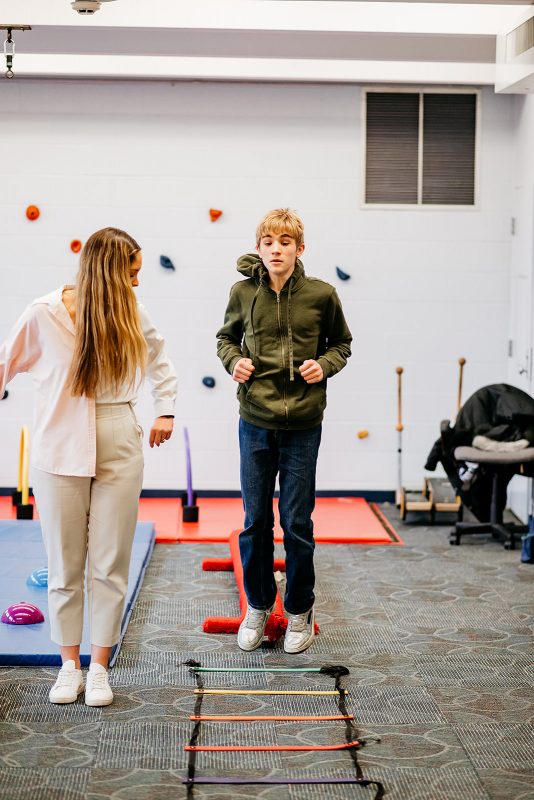
Or think about how confident a child must feel when they are able to come into school and open their locker on their own (fine motor skills), easily find their homework to turn in (executive functioning skills), and legibly copy down their homework for tonight in their planner (visual motor and graphomotor skills)!
Everything we work on in OT is to help children develop the underlying skills and confidence they need to be successful in their everyday lives.
Guest bloggers Brianne Dexter, OTR/L, and Stephanie Elwell OTR/L, provide OT for children as part of Springer's Therapy and Tutoring services. Learn more here.



